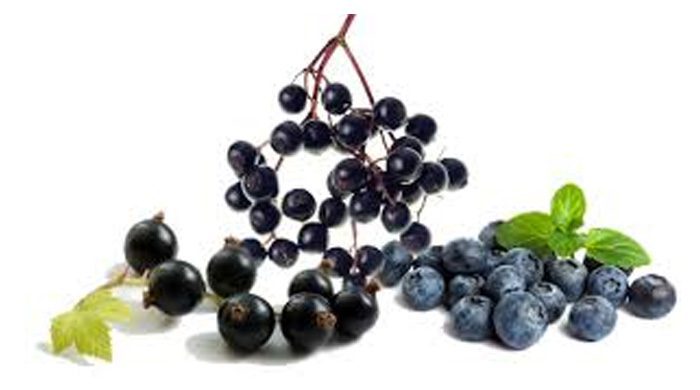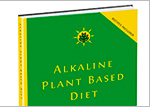Black Currants And Blue Berries Help Treat Glaucoma

Black currants and blue berries present hope in treating glaucoma. Glaucoma is the degeneration of the optimal nerve and presently glaucoma is an incurable eye disease. Studies of the disease have given clues that a disturbance of the ocular blood flow may contribute to glaucoma.
Anthocyanin phytonutrients in foods like black currants and blue berries have been shown reduce the disturbance of the ocular blood flow, and offer hope in treating glaucoma. Anthocyanins are natural plant pigments that keep blueberries blue, black currants black, blackberries black, black elderberries black, turn green cabbage into purple cabbage, and brown rice into purple rice. Other red, blue, and purple pigmented fruits and vegetables also contain anthocyanins.
There are different forms of glaucoma and a disturbance of the ocular blood flow appears to play a part in them all, so anthocyanins may offer hope in treating all forms of glaucoma. The researchers of this study suggested that disturbance of ocular blood flow may contribute to glaucomatous optic neuropathy in patients with normal tension glaucoma NTG, so they tested the effects of the anthocyanins in black currants on the ocular blood flow of patients with NTG to see how it would effect the optical nerve.
“So far, according to the literature, patients with NTG have had ischemia, vascular dysregulation, arteriosclerosis, high blood viscosity, platelet hyper aggregation, vasospasm, aberrant autoimmunity, and abnormal effects of endogenous substances such as glutamate, nitric oxide and ET-1. This evidence appears to indicate that the ocular blood flows are reduced in patients with NTG.
In fact, clinical investigators reported that both neuroretinal nm blood flow and peripapillary retinal blood flow were significantly reduced in patients with NTG as compared with age-matched controls, and that neuroretinal rim blood flow was significantly correlated to deterioration of existing visual field defects. Rafez et al 29J. evaluated neuroretinal rim blood flow in patients with POAG and ocular hypertension (OR), and demonstrated that the former had significantly lower blood flow in the neuroretinal rim compared with the latter.”
The researchers stopped the progression of glaucoma with black currants, which appeared to be the result of the black currents being able to significantly boost the blood flow to the optic nerve. The only problem with this study is it wasn’t a double-blind or placebo controlled study.
Fortunately we have long-term double-blind placebo controlled study which showed increased ocular blood flow from the use of black currant anthocyanins. This study involved patients with open-angle glaucoma (OAG), which is the most common form of glaucoma in the U.S.
The study measured the deterioration of the visual fields of the patients in groups, whose eyes still deteriorated even while taking the best glaucoma drugs on the market. The visual fields of the control group that didn’t receive the berries continued to worsen, while black currants given to the experimental group appeared to stop the disease in its tracks after both one and two years.
http://www.ncbi.nlm.nih.gov/pubmed/22377796
http://repository.ul.hirosaki-u.ac.jp/dspace/bitstream/10129/691/1/AN00211444_59_23.pdf
http://nutritionfacts.org/2015/01/08/currant-treatment-for-glaucoma/






